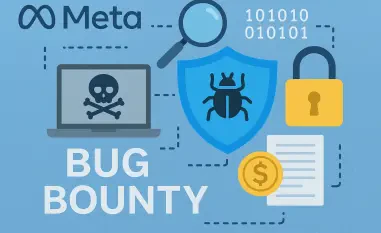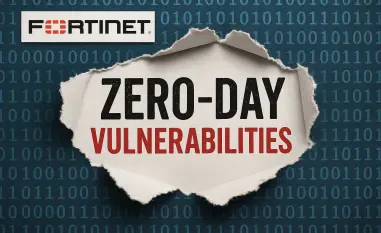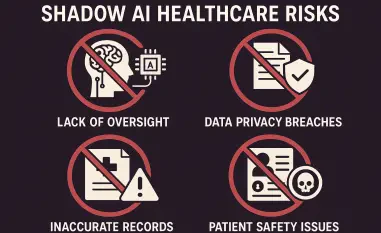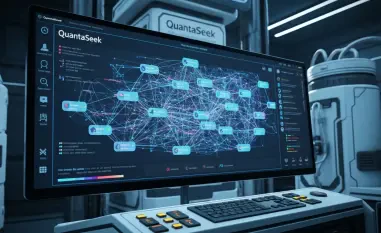The Current State of Cybersecurity
Imagine a world where a single weak password could unlock the door to an entire digital infrastructure, exposing critical systems like water supply, power grids, and financial networks to malicious actors. In 2025, this scenario is not a distant fear but a pressing reality, as cybersecurity stands as the bedrock of protecting these vital systems. With the rapid digitization of essential services, the stakes for safeguarding data have never been higher, placing cybersecurity at the forefront of global priorities for governments, businesses, and individuals alike.
This urgency is amplified during Cybersecurity Awareness Month, an initiative spearheaded by the Department of Homeland Security (DHS) and the Cybersecurity and Infrastructure Security Agency (CISA). With the theme “Building Our Cyber Safe Culture,” this campaign underscores the importance of collective responsibility in fortifying digital defenses. It serves as a reminder that security is not just a technical issue but a cultural imperative, requiring widespread education and habitual practices to counter ever-evolving threats.
Key segments of the industry, such as password security, AI-driven solutions, and multi-factor authentication (MFA), are shaping the landscape. Password management alone is a burgeoning market, projected to surpass $7 billion by 2030, driven by major players like LastPass, 1Password, and Dashlane. Government initiatives, including those from DHS and CISA, further bolster these efforts by promoting standards and funding research into innovative security technologies, ensuring that both public and private sectors align in addressing the challenges of a hyper-connected world.
Evolving Trends and Market Insights
Key Trends Shaping Cybersecurity
Despite advancements in biometrics and MFA, passwords remain a fundamental pillar of digital security in 2025. They act as the initial barrier against unauthorized access, yet their effectiveness hinges on user behavior, with many still opting for simplicity over strength. This persistent reliance on passwords highlights the need for ongoing awareness and tools to mitigate human error in an era of sophisticated threats.
Artificial intelligence (AI) presents a dual dynamic in this space, acting as both a formidable threat and a powerful ally. On one hand, AI enables automated password cracking, leveraging vast datasets to predict and exploit weak credentials. On the other hand, it enhances defense mechanisms by identifying patterns of suspicious activity and adapting to new attack vectors, offering a proactive layer of protection when paired with robust security practices.
Consumer behavior continues to evolve, often hindered by psychological barriers such as convenience bias, where ease trumps caution, and optimism bias, where individuals underestimate their vulnerability. These tendencies drive the demand for user-friendly solutions like password managers, while market growth is fueled by an increasing recognition of digital hygiene as a necessity. Opportunities abound in developing intuitive tools that balance security with accessibility, addressing these human factors head-on.
Market Data and Future Projections
The password management sector is experiencing remarkable expansion, with forecasts estimating its value to exceed $7 billion by 2030. This growth reflects a rising adoption rate, as more businesses and individuals turn to these tools to secure their digital accounts. Sectors like finance and healthcare are leading the charge, integrating password managers and MFA at unprecedented levels to comply with stringent regulations and protect sensitive data.
Performance metrics reveal a steady uptick in MFA usage, with many organizations reporting enhanced security outcomes after implementation. However, disparities remain, as smaller enterprises lag behind due to cost and resource constraints. Bridging this gap presents a significant opportunity for market players to tailor affordable solutions to diverse needs, ensuring broader access to essential security measures.
Looking ahead, AI integration is poised to redefine cybersecurity trends through 2030. As cultural attitudes shift toward prioritizing digital safety, demand for innovative defenses will likely surge. This trajectory suggests a future where technology and education converge to create a more resilient digital ecosystem, provided that industry stakeholders continue to adapt to emerging challenges with agility and foresight.
Challenges in Cybersecurity: Passwords and AI Risks
Human error remains a critical vulnerability in password security, with many users creating weak or reused credentials due to memory constraints or a lack of awareness. This issue is compounded by cognitive limitations, as complex passwords are often forgotten, prompting individuals to fall back on predictable patterns that hackers can easily exploit. Addressing this gap requires a fundamental shift in how security is perceived and practiced on a daily basis.
AI-powered cyberattacks add another layer of complexity, as predictive algorithms can analyze personal data from social media to guess passwords with alarming accuracy. These tools enable cybercriminals to scale their efforts, targeting vast numbers of accounts in minimal time. The rapid advancement of such technologies poses a significant hurdle, demanding equally sophisticated countermeasures to stay ahead of malicious actors.
Balancing usability with security is a persistent technological challenge, while market-driven issues, such as uneven adoption rates across regions and industries, further complicate the landscape. Solutions lie in promoting widespread use of password managers to eliminate human error and integrating AI with MFA for a multi-tiered defense approach. Such strategies can fortify systems without sacrificing user convenience, paving the way for more consistent security standards globally.
Regulatory Landscape and Compliance in Cybersecurity
Regulations play a pivotal role in shaping cybersecurity practices, with DHS and CISA leading efforts to establish guidelines that promote secure password habits and responsible AI integration. These frameworks aim to standardize security measures across sectors, ensuring that critical infrastructures are shielded from preventable breaches. Compliance is not merely a legal obligation but a catalyst for fostering trust in digital systems.
The impact of regulatory changes is evident in mandates requiring MFA for critical industries like banking and energy. Such policies push organizations to adopt advanced authentication methods, reducing the risk of unauthorized access. Additionally, they encourage the ethical use of AI in security applications, preventing potential misuse while harnessing its benefits for enhanced protection.
Aligning government, business, and individual efforts is essential to meet evolving security mandates. Collaborative initiatives, such as public-private partnerships and awareness campaigns, help bridge gaps in understanding and implementation. By fostering a unified approach, these efforts ensure that regulatory frameworks adapt to emerging threats, maintaining relevance in a fast-paced digital environment.
The Future of Cybersecurity: Innovations and Disruptors
Emerging technologies, such as advanced AI defense tools and next-generation authentication systems, are set to redefine cybersecurity in the coming years. Innovations like behavioral biometrics and zero-trust architectures promise to enhance protection by continuously verifying user identity beyond traditional credentials. These developments signal a shift toward more dynamic and adaptive security models.
Market disruptors, including sophisticated AI-driven threats and the gradual move toward passwordless systems, are reshaping the industry. While passwordless authentication offers a glimpse of a frictionless future, it also raises questions about scalability and vulnerability to new forms of attack. Staying ahead of these disruptors requires constant vigilance and investment in cutting-edge research to anticipate and neutralize risks.
Consumer preferences are leaning toward seamless yet secure solutions, driving demand for intuitive tools that integrate effortlessly into daily routines. Education will play a crucial role in this transition, fostering cultural change by normalizing strong security habits. Influencing factors, such as global economic conditions and regulatory developments, will further shape the pace of innovation, determining how quickly the industry can respond to an ever-changing threat landscape.
Conclusion: Building a Resilient Cyber Future
Reflecting on the insights gathered, it becomes clear that passwords retain their central role in cybersecurity, even as AI introduces both unprecedented risks and remarkable opportunities. The discussions highlight how human behavior often undermines security efforts, while technological solutions like password managers offer practical remedies. The regulatory push for compliance and the cultural emphasis on digital hygiene also emerge as vital components of a comprehensive defense strategy.
Looking back, the urgency to address AI-driven threats is evident, necessitating a proactive stance from all stakeholders. Businesses are encouraged to invest in AI-enhanced defenses and adopt MFA as a standard practice, while individuals need to embrace tools that simplify secure password creation. Policymakers, in turn, must prioritize frameworks that support innovation without compromising safety.
As a final consideration, the path forward demands a sustained commitment to education and collaboration, ensuring that cybersecurity evolves into a shared value rather than a mere obligation. By focusing on scalable solutions and fostering a mindset of resilience, the industry positions itself to not only tackle current challenges but also anticipate future disruptions, paving the way for a safer digital era.













